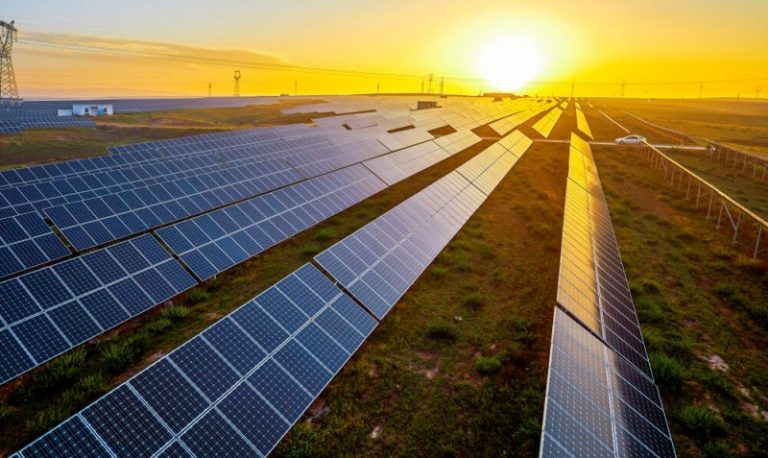Energy & Emissions
The alteration in climate patterns is primarily propelled by the release of greenhouse gases from human activities, particularly the combustion of fossil fuels (such as coal, oil, and natural gas) to generate energy. This phenomenon has contributed to a gradual rise in global temperatures over time.
As the Earth’s temperatures continue to climb, there are significant repercussions for both human health and overall well-being, along with the natural ecosystems that sustain us—such as land, air, and water. The burning of fossil fuels emits greenhouse gases, notably carbon dioxide, which create a heat-trapping effect in the atmosphere, leading to global warming. This surplus of heat in the land, ocean, and air contributes to the exacerbation of severe weather conditions. Failure to swiftly and substantially decrease greenhouse gas emissions could result in even more detrimental and potentially catastrophic outcomes for humanity.
In Australia, the impact of climate change is already evident in the escalation of extreme weather events, including wildfires, heatwaves, and storms. The summer of 2016/2017 earned the moniker “Angry Summer,” while the anomalies of the 2017 Australian winter were labeled the “Weird Winter,” underscoring the considerable number of weather records broken during those periods.
At present, Australia’s electricity sector stands out as the primary contributor to the nation’s greenhouse gas emissions, accounting for approximately one-third of the total emissions.
How Climate Change Affects Our Energy System
One of the most pressing long-term threats to energy reliability stems from the intensification of extreme weather events linked to climate change. Australia is progressively grappling with the consequences of extreme weather on its power systems.
A notable example is the severe storm that struck South Australia on September 28, 2016, characterized by seven tornadoes, wind gusts ranging from 190 to 260 km/h (comparable to Cyclone Tracy’s speeds), sizable hailstones, and heavy rainfall. This event toppled 23 transmission towers, triggering a statewide power outage.
Heatwaves further strain electricity systems due to heightened demand for power (as air conditioning usage surges) and the challenge faced by fossil-fueled power plants operating in elevated temperatures.
Much like elderly individuals suffering from heat stress, aging fossil fuel power stations exhibit decreased performance in high temperatures, often experiencing mechanical breakdowns at critical junctures. For instance, during an extreme heatwave in February, New South Wales encountered near-record electricity demand.
Vulnerable to extreme weather conditions, concentrated energy facilities—such as large coal power plants—pose increased supply risks if any one of them or several were to fail during periods of peak demand. The track record of fossil fuel power generation in terms of reliability is less than favorable, as demonstrated by incidents in New South Wales and South Australia. Failures in these stations lead to power outages or load shedding, impacting both individuals and industries.
Infrastructure responsible for transmitting electricity over extensive, narrow transmission lines from centralized power sources is more susceptible to extreme weather events like wildfires, storms, and heatwaves compared to a distributed grid featuring numerous dispersed power sources.
A more distributed energy system—where power generation is geographically widespread rather than concentrated in a few large facilities—combined with a diverse array of energy sources like wind, solar, and storage, exhibits greater resilience against disruptions.
Cities that have suffered substantial harm to their electricity infrastructure due to extreme weather, such as New York, have pursued diversified power generation sources and locations. Contemporary renewable energy technologies, including wind and solar, along with energy storage, facilitate the production and retention of power precisely where it is required. This approach mitigates risks to critical infrastructure during episodes of severe weather.



